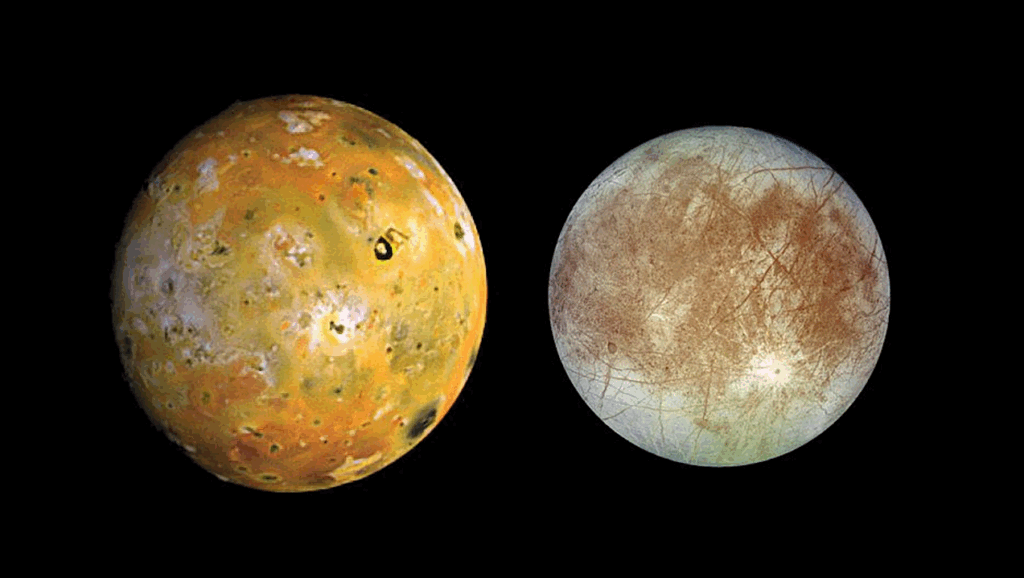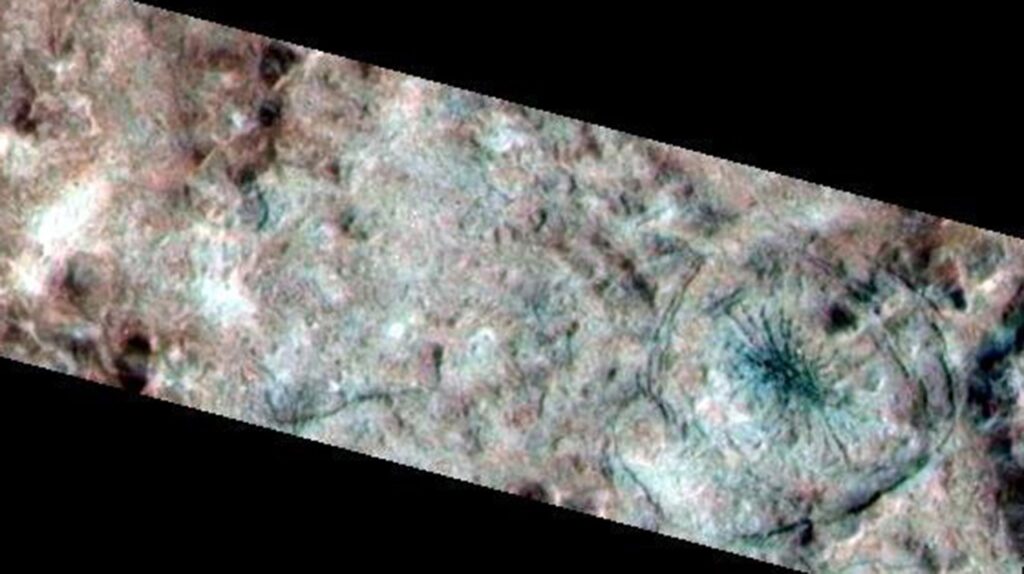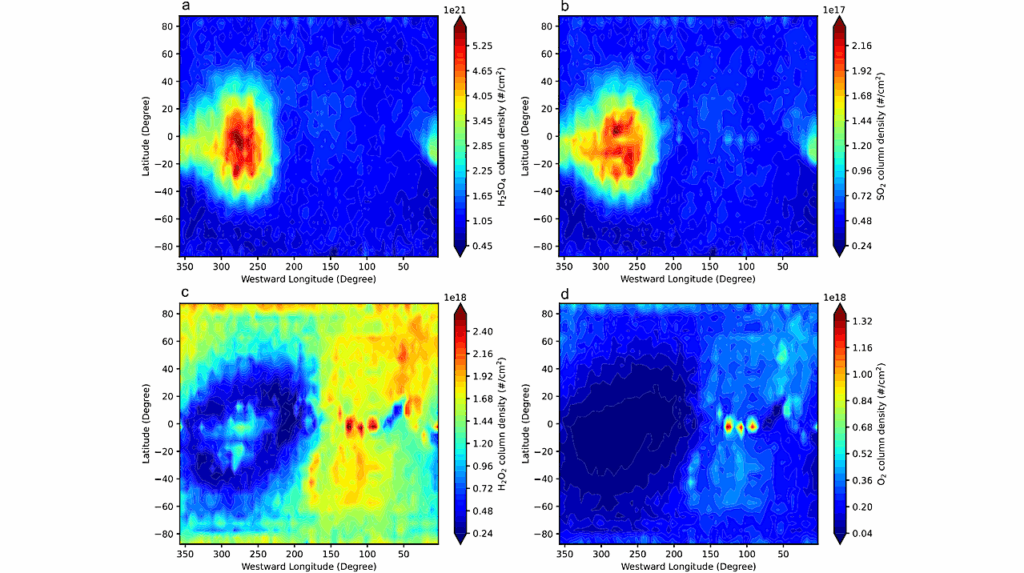The 3D Direct Simulation Monte Carlo Study Of Europa Gas Plume

Europa has been spotted to have water outgassing activities by the space and ground-based telescopes as well as reanalysis of the Galileo data (Roth et al. 2014; Sparks et al. 2016, 2017; Paganini et al. 2020; Jia et al. 2018; Arnold et al. 2019).
However, these observations only provided limited information about plume dynamics, which is critical in understanding the eruption mechanism and preparation of future exploration. We adopt a 3D DSMC model to investigate the plume characteristics of Europa assuming supersonic expansion originated from the undersurface vent. The main goal is to understand the physical processes and structures of Europa water vapor plumes, which can play a key role on probing its undersurface vent condition and outgassing mechanism. With a parametric study of the total gas production rate and initial gas bulk velocity, the gas number density, temperature and velocity information of the outgassing plumes from the various case studies are derived. Our results show that the plume gases experience acceleration through mutual collisions and adiabatic cooling when exiting and expanding from the surface.
The central part of the plume with the relatively large gas production rates (of 1029 and 1030 H2O s-1) is found to sustain thermal equilibrium and nearly continuum condition. Column density maps integrated along two different viewing angles are presented to demonstrate the importance of the projection effect on remote sensing diagnostics. Finally, the density profiles at different altitudes are provided to prepare for observations of Europa plumes including the upcoming spacecraft missions such as JUICE and Europa Clipper.
Wei-Ling Tseng, Ian-Lin Lai, Wing-Huen Ip, Hsiang-Wen Hsu, Jong-Shinn Wu
Subjects: Earth and Planetary Astrophysics (astro-ph.EP)
Cite as: arXiv:2111.13532 [astro-ph.EP] (or arXiv:2111.13532v1 [astro-ph.EP] for this version)
Submission history
From: Wei-Ling Tseng
[v1] Fri, 26 Nov 2021 14:58:48 UTC (7,125 KB)
https://arxiv.org/abs/2111.13532
Astrobiology








